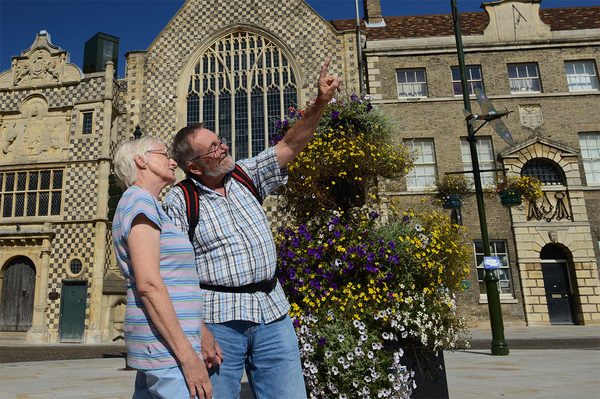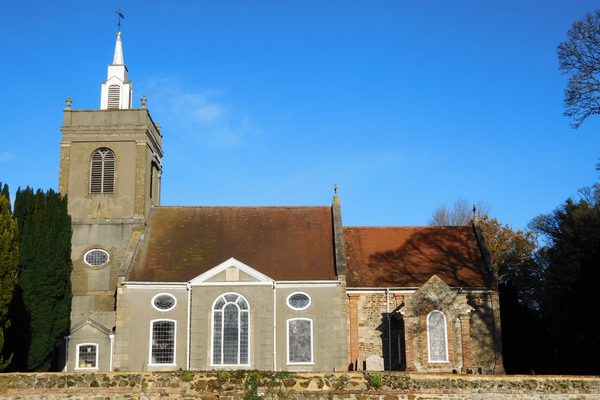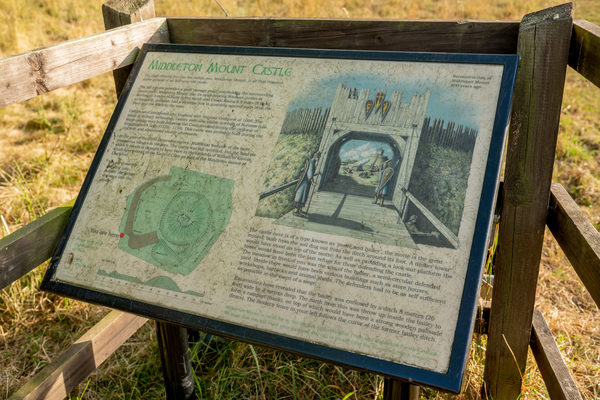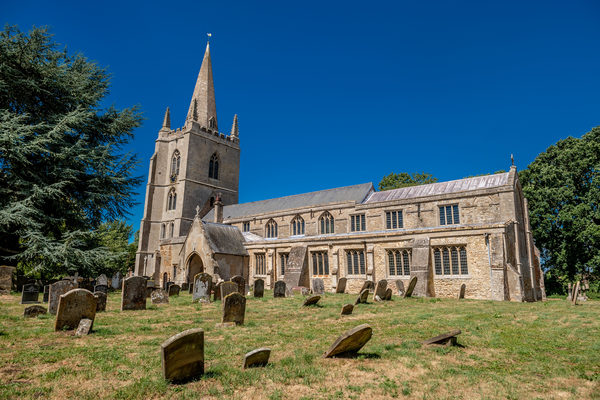In the summer of 1998 the shifting sands on the west Norfolk coast revealed something extraordinary on the beach at Holme-next-the-sea, three miles from the seaside resort of Hunstanton. Jutting out of the sand were 55 oak posts, creating a circle 6.6m in diameter. At the centre of the circle was a great upturned tree stump, its roots exposed to the air. Research would reveal that these timbers were a rare survivor from the Early Bronze Age, dating back over 4,000 years. It quickly became known as ‘Seahenge’.
Seahenge was constructed during the Early Bronze Age, a period of time that saw the increasing adoption of agriculture and sedentary living in Britain. Those constructing the monument made use of at least fifty different bronze axes, which were used to shape the timber to the desired lengths and shapes, at a time when, archaeologists believe, bronze tools were still relatively rare and had only been introduced to Britain a few centuries before.
Using a variety of scientific techniques, archaeologists have come to the conclusion that the trees used in the construction of the monument had all been felled in the same year, 2049 BC, whilst the condition of the sapwood indicated that it had been cut down in spring or early summer.
Seahenge was originally constructed on a salt marsh, and over the centuries the area became a freshwater wetland, as an offshore barrier grew up, preventing sea water from getting access to the area around the circle. This in turn allowed alder trees to grow in the area, which eventually created a layer of peat above the mudflats. With rising sea levels in later millennia, the sea advanced, and eventually sand began to cover the peat. Through this process, Seahenge eventually found itself from once being inland to being on the beach, where it was revealed by the eroding away of the sand and peat by the late 20th century, four thousand years since its original construction.
Researchers were unable to determine activity at Seahenge in the centuries after it was built, and its purpose is consequently unknown. However, the presence of Middle and Late Bronze Age pottery at the site suggests that it became a focal point again several centuries after construction. Theories about the site have focused on the idea of inversion, as represented by the upside-down central tree stump and the single post turned 180 degrees from the others within the circle itself. The theme of inversion has been noticed in some Early Bronze Age burials.
With Seahenge excavated, the timbers that it had been built out of were transported fifty miles away to the Fenland Archaeology Trust's field centre at Flag Fen in Cambridgeshire, where it immediately underwent conservation by being immersed in fresh water. The timbers were then cleaned of all the mud that had attached itself before being placed into permanent storage. A new laser-scanning technology developed accurate three-dimensional records of the timbers, allowing archaeologists to create a virtual model of the whole site.
At Flag Fen, it was then continually soaked in wax-emulsified water to slowly (over years) replace the moisture in the wood with wax. It was later transferred to Portsmouth where maritime archaeology experts at the Mary Rose Trust continued the programme at their purpose-built site. Conservation work is complete, with a recreated Seahenge near its original site, at the Lynn Museum in King's Lynn and opened to the public in April 2008.








